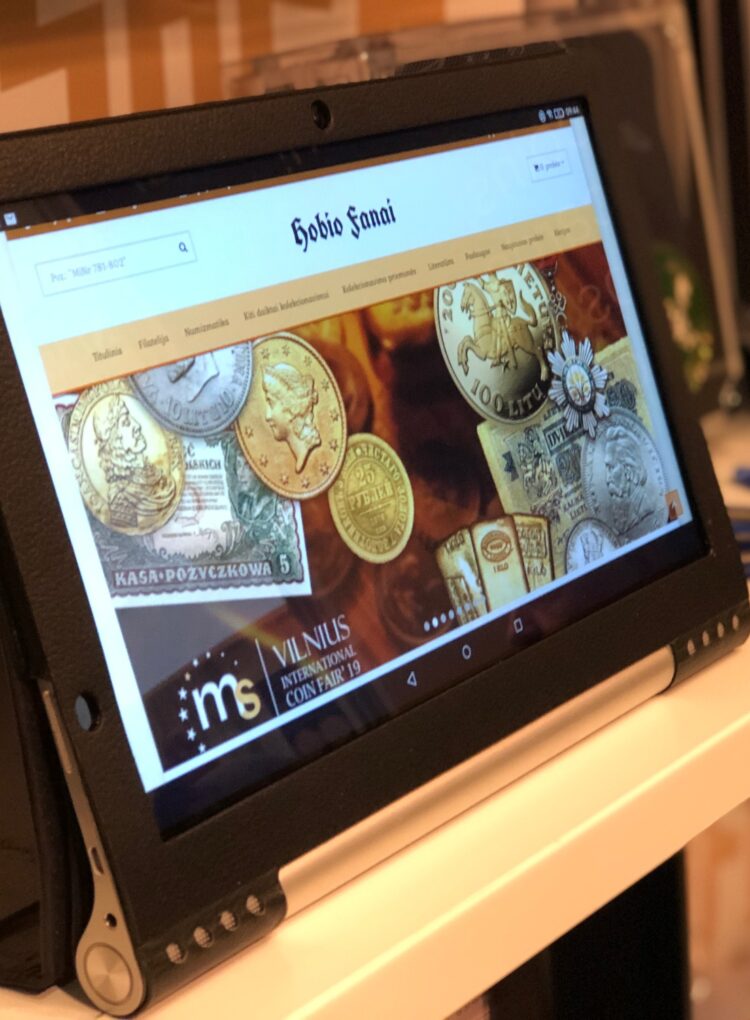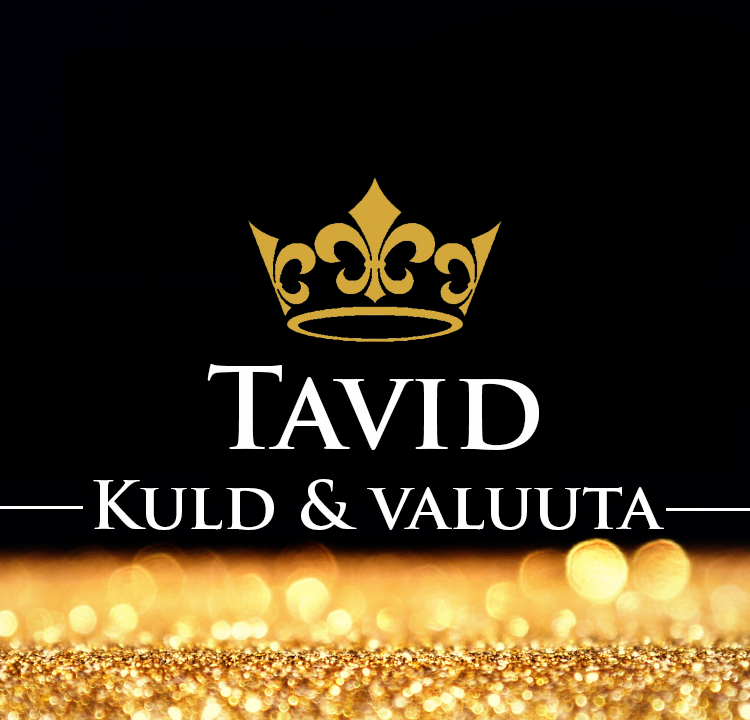Coins have been faked throughout history for numerous reasons. Now that it has also become technologically easy, fake coins circulate more than you might think, and they can be of very high quality. Although fake coins have become somewhat collectible, they are still more of a scourge and have disappointed many. After all, it does not matter whether the fake coin was purchased for the purpose of collecting or investing, the disappointment associated with a significant financial loss can also have a destructive effect on the motivation to collect.
I came across an opportunity to buy 25 fake coins. I wanted to see if and how easily it is possible to detect the inauthenticity of these coins. Turns out, that detecting fake coins starts with common sense, continues with a safe place of purchase, with external observation, but still requires a couple of resources to gain better certainty.
The man from whom I got the coins allegedly bought them through osta.ee for the purpose of investing. A total of 25 coins, the market value of which could be +/- 2500 euros if they were authentic. Without knowing who the other party of this particular transaction was, it is always worth doing a background check on the seller before purchasing in osta.ee.
I suggest looking at how many transactions the seller has made, when they were made, and whether they have previously received negative reviews from buyers. Be careful if the seller has few or no transactions. If the seller has gotten negative reviews, look for what and be extra careful. In essence, the same works for example on Ebay. It is safe to buy from coin-specific auction environments, where the authenticity of the coin is often guaranteed by the auctioneer. Such a platform in Estonia is, for example, coins.ee.
In this transaction, everything went wrong and the buyer essentially lost all of their money. Negotiations with the seller did not work, because while he was abroad, the seller claimed that they sent original coins. It is difficult to disprove this claim in retrospect. Perhaps it would have been helpful to record the removal of the coins from the box and weigh them immediately. But even this hardly helps against a seller like this. Of course, it cannot be ruled out that this whole story is fiction and the truth is somewhere else.
However, since I knowingly bought fake coins, I wanted to find confirmation of this statement and get first-hand experience of how difficult it is. My knowledge of coins is limited to the basics.
I first looked at the purchased coins with the naked eye and a magnifying glass. In the case of Nicholas II 1 ruble coins, their suspiciously similar external condition and degree of wear immediately caught the eye. One edge of the coin was probably filed by the seller. A yellow metal was visible under the “silver”. On the second coin, the silver top layer had peeled off in a few spots, also revealing a yellowish base. However, the coins bore a different year and I did not find similar coining errors. Although the coins were moderately worn on the back, in some places bothering coining errors contrary to general wear of the coin could be noticed, i.e. scratches above the surface of the coin.
Next, I searched the internet for the parameters of both coins. I was interested in the diameter and weight of the original coin. I found the data on numista.com and compared them using resources available at home. When measuring the diameter, I used a mechanical caliper, which does not give as accurate results as an electronic caliper. I weighed the coins with a SAFE coin scale 4630, which is accurate to 1/100 grams.
Nicholas II 1 ruble diameter: None of the coins matched the sample data (33.65mm). Maybe two of the 17 coins could be very close, the diameter of 12 coins was clearly 34mm.
Alexander 1 / Nicholas I 1 ruble diameter: Four out of the 8 coins matched the sample data (35.5mm). The diameter of the other four was half a millimeter larger.
In conclusion, there was a bothering amount of non-overlap. However, I did not find any data with a quick search regarding a possible diameter deviation that could have improved the results and reduced the excitement. The thickness of the coin could have been measured as well, but I found the mechanical caliper too imprecise for this, especially since I did not know whether the thickness should be measured from the edge or from the center of the coin.
The most important thing I thought about was the weight and weighing of the coins. I have developed a feeling that this is the most difficult thing to achieve with fake coins. This is probably also the reason why the accuracy of coin scales starts with a hundredth of a gram.
Nicholas II 1 ruble weight: The original coin weighs 20 grams. The weight of the 17 coin I have was between 19.61-20.33 grams. One coin weighed 20.01 grams, but there was not one that weighed exactly 20 grams.
Alexander I / Nicholas I 1 ruble weight: The original coin weighs 20.73 grams. The 8 coins I have weighed 19.27-22.23 grams. None were the right weight.
Looking back at the weight range and judging it could set off alarm bells even for a beginner. A weight difference of almost 3 grams seems too much. If the diameter was more or less correct, the weight was not, and vice versa.
The point of this blog post is not to give detailed tips on how to identify the authenticity of coins. As stated above, I wanted to get first-hand experience myself. Surely even an experienced eye would be able to point out a number of other characteristics that are unique to fake coins. If you are interested, you can use specialty-based literature, a phone call to a friend with experience, or participation in forums that revolve around coins. Rather, anyone that wants to start collecting coins or invest their savings in them should be aware of the existence of fake coins and their sellers. Money is always taken from stupid people, but you do not need a master’s degree to avoid it. Common sense, a sharp eye, and a good magnifying glass are often more than enough. Because if something seems too good to be true, it is. Be careful.
SAFE e-store offers a wide range of different collecting solutions for coins. The selection includes, among other things, an electronic caliper, various coin scales, a wide selection of magnifiers, and much more. In the case of the materials used, maximum safety for the collectible and ease of use for the collector are important to us. Products from an unknown manufacturer cannot be found in the SAFE e-store. However, you can also find a suitable presentation solution for your fake coin collection.






















